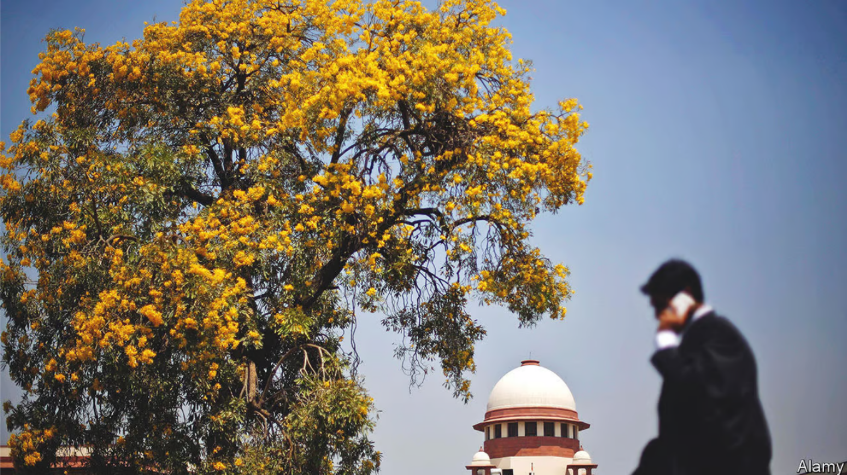
This proposition was recently considered by the Supreme Court of India in the case of National Insurance Co. Ltd. v. Durga Verma, which relates to an incident that occurred on the Mathura Delhi Highway.
In the present matter, the car which the deceased was driving dashed with another vehicle causing the death of the drivers of both vehicles. The conundrum placed before the court was to examine if there was contributory as well as composite negligence involved in the instant case.
The National Insurance Company challenged the findings of the Motor Accidental Claim Tribunal as far as negligence attributed to the driver of the truck was concerned. The Company contested the matter stating that it was a case of contributory negligence on the part of the driver of the car since he was not holding a valid driving license and the vehicle into which the car dashed was not involved in the accident and therefore the insurance company was not liable on the grounds that there existed a breach of a policy condition.
The impact of the accident was so grave that it resulted in death of three persons. Taking note of these submissions, the Hon’ble Supreme Court propounded that the driver of the truck was not the sole author of the accident. The court assessed the negligence of the drivers on certain broad principles, moreover, at this juncture, while dealing with the issue of negligence, the court stated that it was pertinent to discuss the principles for deciding contributory negligence and for that the principles for considering negligence will also have to be looked into.
The Hon’ble Supreme Court observed that negligence is not always a question of direct evidence. Depending on the different factual scenarios, an inference needs to be drawn. The court held that, it is well settled law that at intersection where two roads cross each other, it is the duty of a fast moving vehicle to slow down and if the driver did not slow down at an intersection, but continued to proceed at a high speed without caring to notice that another vehicle was crossing, then the conduct of the driver necessarily leads to a conclusion that vehicle was being driven by him rashly as well as negligently.
Further, as regards the question pertaining to the burden of proof, the court proceeded to analyze that in the present case, the vehicles were of unequal magnitude, the oral testimony of the witnesses went to show that the truck was driven at an exorbitant speed and therefore could not control itself, but at the same time if the driver of the car would also have been cautious, he would have averted the accident taking place and hence he was held to be a “co-author” of the accident only to the tune of 10%.
Accordingly, the Hon’ble Supreme Court held that it is a case of composite negligence as far as the other inmates of the car are concerned and therefore the insurance company will have to indemnify the claimants, however it may recover the said amount to the tune of 10% from the owner-driver and insurance company of the car.



